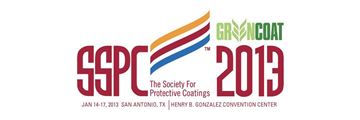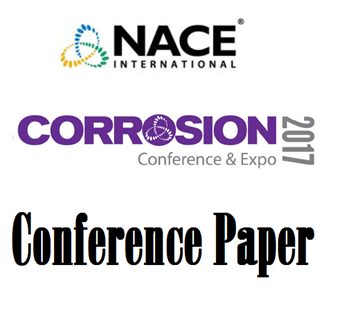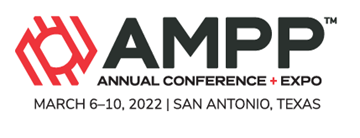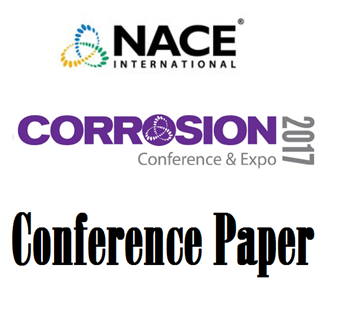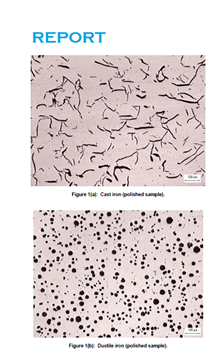Search
Water/Wastewater
View as
Sort by
Display
per page
Lessons Learned in Coating Water and Wastewater Treatment Structures
Product Number:
41213-772-SG
Publication Date:
2013
$20.00
Localized Corrosion of Aluminum Alloy 5052 for Desalination Service
Product Number:
51317--9151-SG
ISBN:
9151 2017 CP
Publication Date:
2017
$20.00
Manhole Rehabilitation - The Role Played by Linings
Product Number:
41212-689-SG
Publication Date:
2012
$20.00
Microbiologically Influenced Corrosion In Drinking Water Pipelines – Old Deposits Or Active Process?
Product Number:
51322-18068-SG
Publication Date:
2022
$20.00
Modeling Lead and Copper Corrosion and Solubility in Municipal Water Distribution Systems
Product Number:
51317--9104-SG
ISBN:
9104 2017 CP
Publication Date:
2017
$20.00
NACE Publication 01110-2019, Stray-Current-Induced Corrosion in Reinforced and Prestressed Concrete Structures
Product Number:
24241-2019
Publication Date:
2019
$109.00
NACE Publication 05114-2014-SG, "High-Voltage Direct Current Interference"
Product Number:
24254-SG
Publication Date:
2014
$109.00
NACE Publication 10A292-2013-SG, "Corrosion and Corrosion Control for Buried Cast- and Ductile-Iron Pipe"
Product Number:
24250-SG
Publication Date:
2013
$109.00
NACE Publication 10B189-2014-SG, "Direct Current Operated Rail Transit Stray Current Mitigation"
Product Number:
24255-SG
Publication Date:
2014
$109.00
NACE Publication 11114-2014-SG, "A State-of-the-Art Report on the Internal Corrosion of Residential Water Heating Systems"
Product Number:
24257-SG
Publication Date:
2014
$109.00
NACE Publication 21429-2018-SG - State of the Art Report on Corrosion-Resistant Reinforcement
Product Number:
21429-SG
Publication Date:
2018
$109.00

